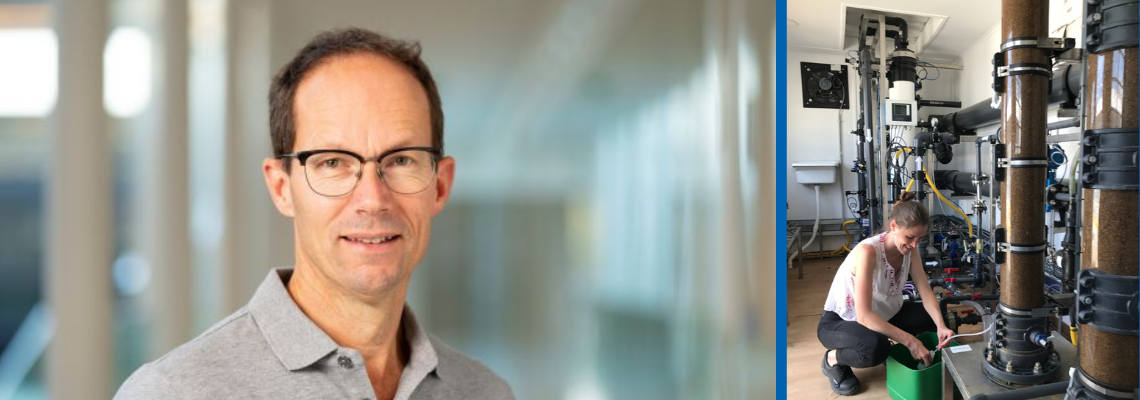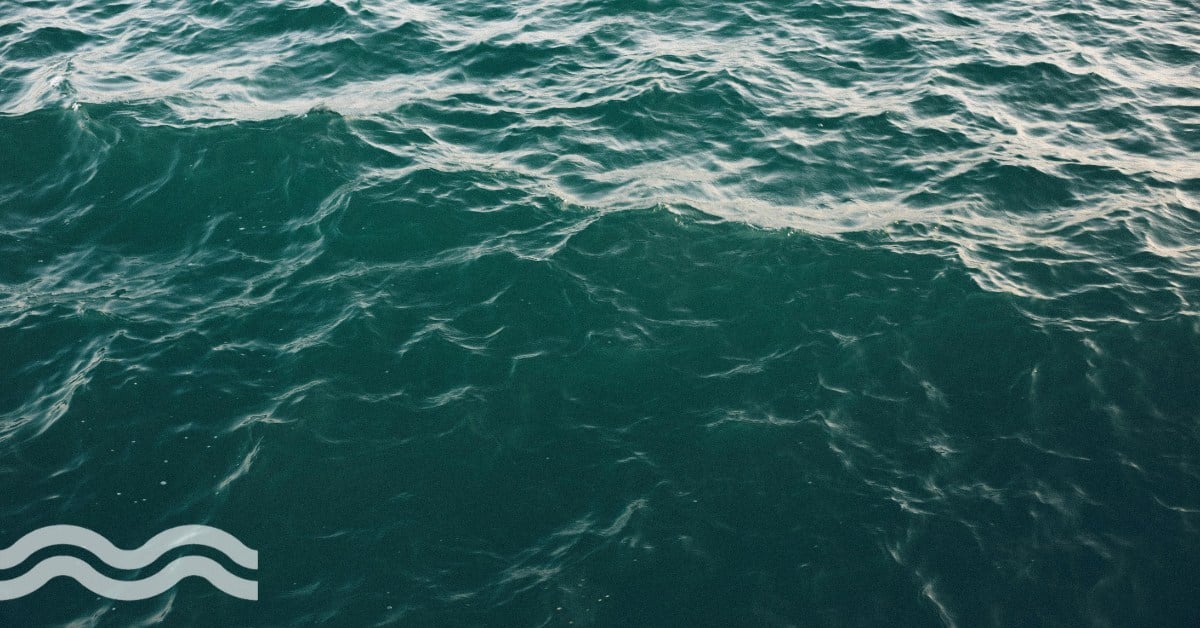Dutch expertise helps to solve Argentina’s arsenic challenges

A new international collaboration is helping to bridge Dutch water sector expertise to Latin America to help solve groundwater quality challenges.
Groundwater challenges in LATAM
A new international collaboration is helping to bridge Dutch water sector expertise to Latin America to help solve groundwater quality challenges.
As part of the two-and-a-half-year LEAF (Low Energy Arsenic Free) project, Argentina’s major water utility Agua y Saneamientos Argentinos S.A. (AySA) has partnered with Royal HaskoningDHV, TRAIDE, and KWR Water Research Institute (KWR), with support of the Embassy of the Netherlands in Buenos Aires.
One pilot project has taken place at the Ezeiza water treatment plant, based on co-precipitation followed by rapid sand filtration (C-RSF), and a second on co-precipitation followed by ultrafiltration (C-UF).
“The technology is suitable for removing arsenic and is aligned with our energy efficiency strategy. It is necessary to continue studying this process at different scales, as it can be very useful for rural populations in Argentina,” said Christian Taylor, planning manager at AySA.
WHO guidelines for arsenic
Arsenic is naturally occurring substance present in the environment and soil but has been found in high concentrations in several parts of Argentina.
Current guidelines from the World Health Organization (WHO) for arsenic stand at 50 micrograms per litre. Meanwhile, countries such as the Netherlands have gone further, mandating 10 micrograms per litre.
The technological solution applied in Argentina requires minimal energy.
According to KWR, the pilot projects in Argentina showed positive results during the first three months of implementation. Arsenic levels were reduced down to 10 micrograms per litre and lower, complying with the outlet concentration with Argentine regulations.
The technological solution applied in Argentina requires “minimal energy”, said Ron Jong, a senior water treatment specialist and researcher from KWR.
A gateway to Latin America
“We apply this process in the Netherlands but as there’s already iron in the water, it works naturally. In Argentina, as the water is iron-free, this iron has to be added,” he said.
By correctly dosing, the arsenic connects to the iron in the water as iron flocs, which can then be removed either using the sand filtration or ultrafiltration.
Cost calculations to date have shown that if AySA’s current adsorption processes are modified to the co-precipitation rapid sand filtration set-up, these costs would be recuperated in relatively short time.
After proving the solution at the Ezeiza location, the partners are looking to adapt the process to apply it at a larger scale in bigger treatment plants.
It is hoped that knowledge and results from the work in Argentina could be disseminated to Latina America and other parts of world.


